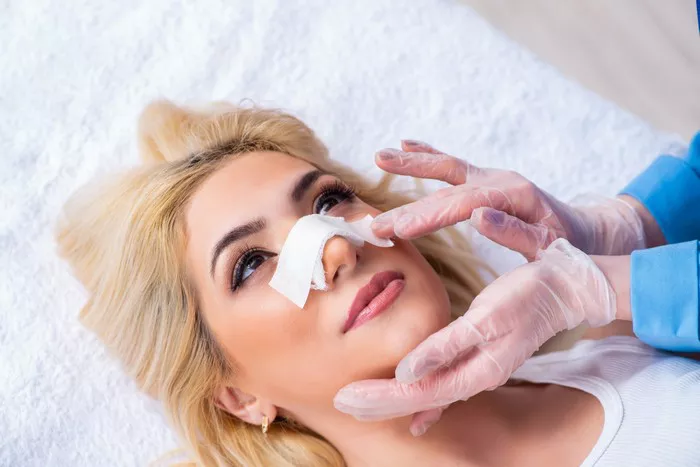Rhinoplasty, commonly known as a nose job, is a popular cosmetic procedure that aims to enhance the shape and functionality of the nose. Whether you seek to correct breathing issues or achieve a more aesthetically pleasing appearance, understanding the healing process is essential for managing expectations and ensuring a smooth recovery. In this article, we will explore the typical timeline for rhinoplasty recovery and provide essential tips for a successful healing journey.
Section 1: The Rhinoplasty Procedure
Before delving into the healing process, let’s briefly discuss the rhinoplasty procedure. There are two primary techniques: open rhinoplasty and closed rhinoplasty. During an open rhinoplasty, the surgeon creates a small incision on the columella, allowing better access to the nasal structures. In contrast, closed rhinoplasty involves incisions inside the nostrils, leaving no visible external scars.
Section 2: Immediate Post-Operative Period
Once the rhinoplasty procedure is complete, patients will be taken to the recovery area for observation. It is common to experience mild discomfort, swelling, and congestion during this stage. The surgeon may apply a splint or nasal packing to support the new nasal structure and minimize swelling.
Section 3: The First Week
During the first week of rhinoplasty recovery, it’s crucial to follow the surgeon’s aftercare instructions diligently. Patients should rest with their head elevated to reduce swelling and avoid any strenuous activities. Bruising and swelling around the eyes and nose are normal during this time, but these effects will gradually subside.
Section 4: Weeks 2-4
As the second and third weeks pass, patients typically experience a significant reduction in swelling. Breathing through the nose may still be challenging due to internal swelling, but this should improve gradually. The surgeon may remove any external splints or stitches during this period.
Section 5: Weeks 5-8
By the fifth week, most patients can resume light activities and return to work or school. However, it is crucial to avoid any contact sports or activities that could risk injury to the healing nose. Internal healing continues, and the nasal tissues stabilize further.
Section 6: Months 3-6
During months 3 to 6, the majority of swelling should have subsided, and the final results will start to emerge. Breathing should feel more comfortable, and the nose will feel more natural. However, some minor swelling may persist, especially in the nasal tip.
Section 7: Long-Term Recovery
Rhinoplasty recovery is a gradual process, and patients may continue to experience subtle changes in their nose’s appearance over the following months. It’s essential to maintain regular follow-up appointments with the surgeon to monitor progress and address any concerns that may arise.
Section 8: Tips for Faster Healing
While the healing process varies from person to person, there are several tips that can help speed up recovery:
Follow Aftercare Instructions: Adhering to your surgeon’s post-operative instructions is vital for a smooth healing process.
Rest and Relaxation: Allow your body ample time to heal by getting plenty of rest and avoiding strenuous activities.
Elevate Your Head: Keeping your head elevated while sleeping can reduce swelling and promote better circulation.
Avoid Smoking: Smoking hinders the healing process and can increase the risk of complications, so it’s best to quit smoking before undergoing rhinoplasty.
Stay Hydrated: Drinking plenty of water supports the healing process and keeps your body hydrated.
Eat a Healthy Diet: Consuming a balanced diet rich in vitamins and minerals aids in the body’s recovery process.
Conclusion
Rhinoplasty is a transformative procedure that requires patience and dedication during the healing journey. By understanding the typical timeline for recovery and following essential aftercare instructions, patients can look forward to enjoying the final results of their rhinoplasty. Remember that each individual’s healing process is unique, so consult with a qualified surgeon to create a personalized recovery plan for the best outcome. With proper care and time, the benefits of rhinoplasty can be long-lasting and positively impact both appearance and breathing functionality.


